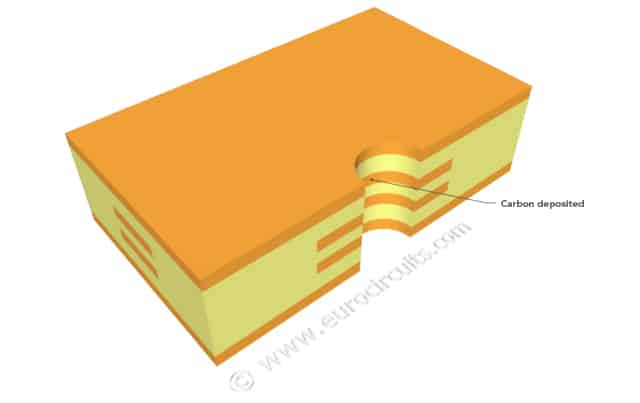Making a PCB – PCB Manufacture Step-by-Step
Other ways to find help
Our User Guides provide step-by-step instructions on how to use our free online smart tools and other available software.
Glossary
To simplify communication Eurocircuits uses abbreviations for many of these technical terms. Most of the technical terms and abbreviations are international standards in the Printed Circuit Board manufacturing industry. However to make it clear to everyone involved, we here present a list of technical terms and abbreviations along with their explanation.
Still need help?
Talk to our customer support via our online chat, telephone or email.



















